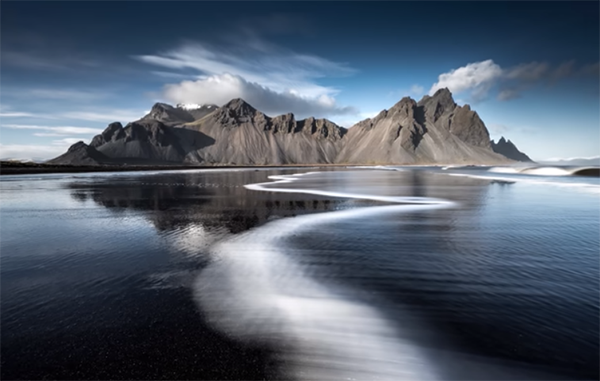How to Enhance Photos with Soft, Dreamy Bokeh Lights (VIDEO)
So what in the heck are bokeh lights? The term bokeh describes an eye-catching effect that’s achieved by shooting with a fast lens at maximum aperture to create soft-out-of-focus backgrounds that accentuate the main subject in an image. It powerful method that can be employed at any time of day.
In this tutorial from the Blue Lightning YouTube channel you’ll learn a subset of this technique for editing photos captured after dark when there are small light sources in a scene like streetlamps, neon signs, illuminated windows, and reflections. The workflow is super easy to master for Photoshop users of all skill levels.
Instructor Martin Geller is a highly successful creator and post-processing specialist whose clients have included ad agencies, national TV networks, major magazines, and book publishers. Today’s episode explains everything necessary for adding soft, romantic bokeh lights to the background of a photo, and you’ll learn how it’s done in barely four minutes.

Geller’s demonstration shot is a beautiful environmental portrait of a bride, captured at night on an illuminated street. The photo is perfectly exposed and nicely composed, but the lights behind the subject are rendered so sharp that there’s no real separation between foreground and background. You can download the file with a link beneath the video and follow along as the adjustments are explained.
According to Geller, the results you achieve will look best with photos that have dark backgrounds and pointed light sources. The edit begins by creating two copies of the original shot, using keyboard shortcuts to speed up the process. Then choose Photoshop’s Quick Selection tool and click on the Select Subject button.
Geller illustrates how to check the accuracy of the selection you made by pressing “Q” on your keyboard. If any areas were missed, simply click on “Q” once again and refine the selection by following Geller’s instructions.

The rest of the process is so quick and easy that we’ll let Geller demonstrate how it works. Then compare his before/after images and you’ll be duly impressed. There’s much more to learn on the popular Blue Lightning YouTube channel and you’ll definitely want to take a look.
We also recommend watching a tutorial we featured with another expert who provides a post-processing beginners guide to exposure blending for photographs with perfect exposure every time.







